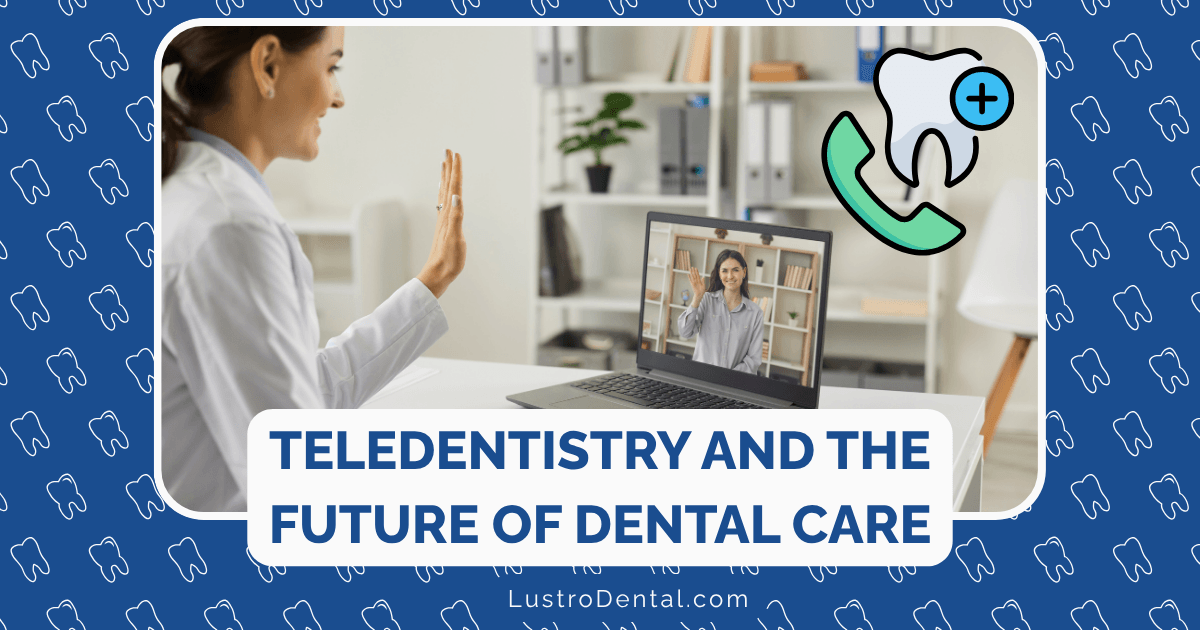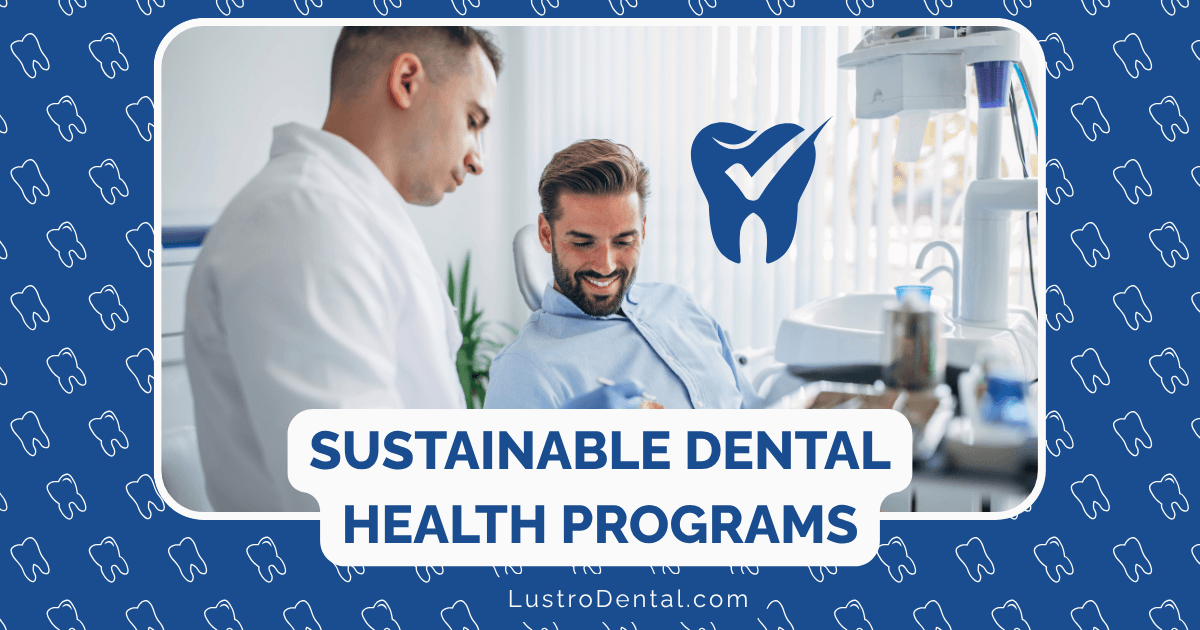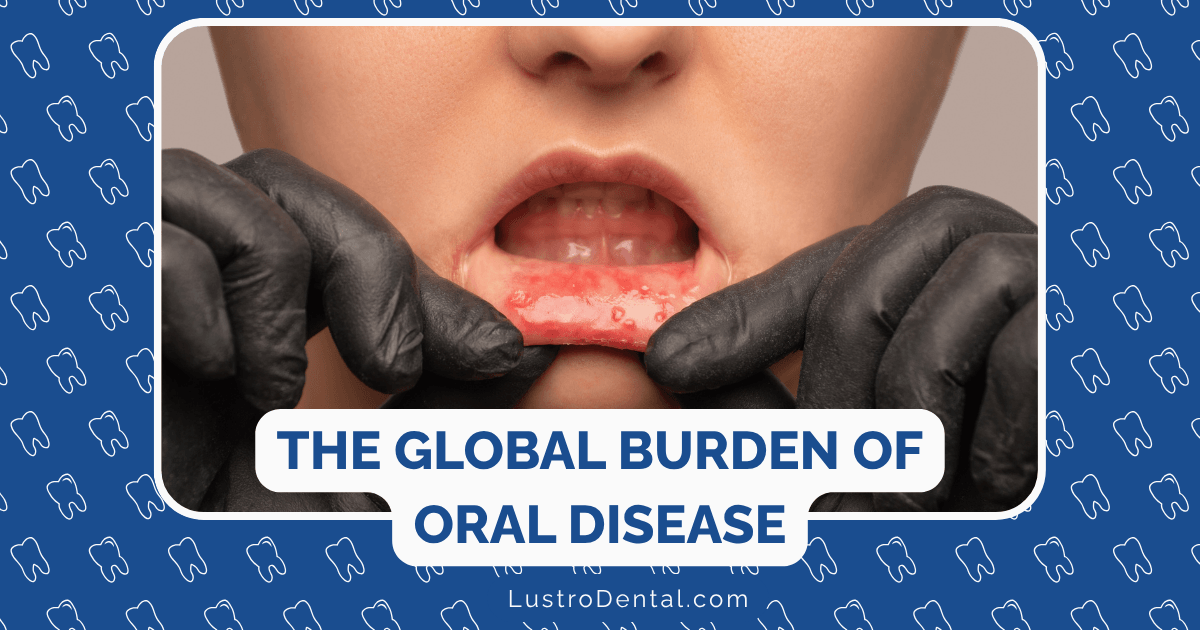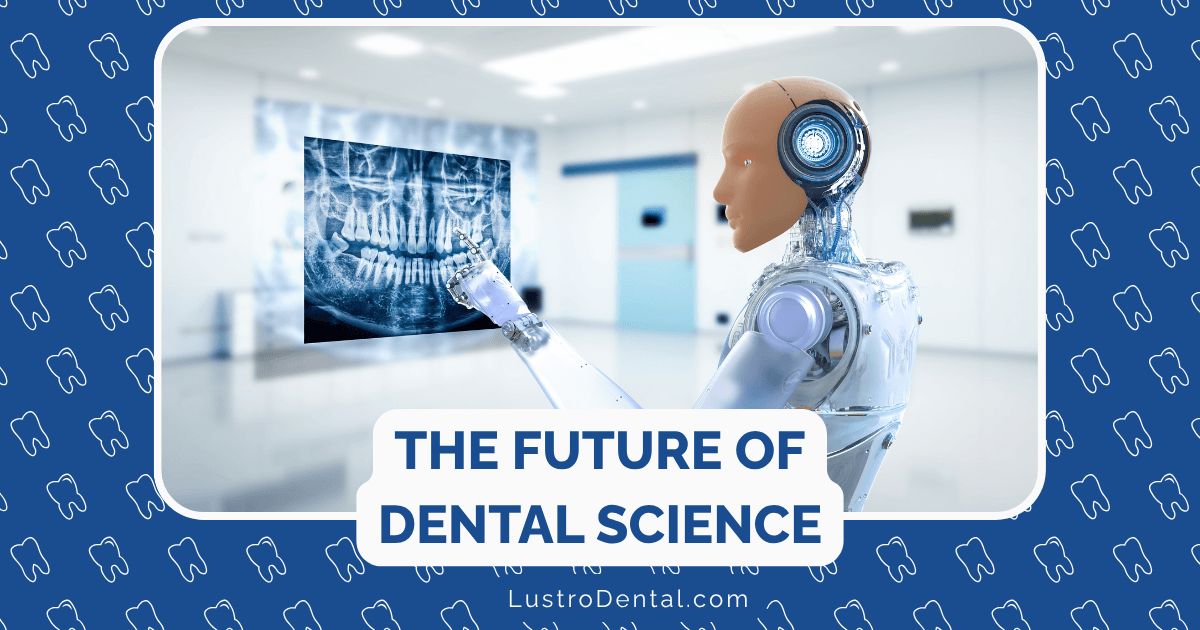Age-Appropriate Dental Education: What to Teach at Each Stage

Dental health education is not one-size-fits-all. As individuals progress through different life stages, their oral health needs evolve—and so should the educational approaches used to address them. From teaching a toddler how to hold a toothbrush to helping seniors maintain natural teeth longer, age-appropriate dental education makes all the difference in establishing lifelong healthy habits.
This comprehensive guide breaks down exactly what dental knowledge to impart at each life stage, along with effective teaching strategies tailored to different age groups. Whether you’re a parent, educator, or dental professional, these insights will help you deliver dental health information that resonates and creates lasting impact.
Why Age-Appropriate Dental Education Matters
Before diving into specific age recommendations, let’s understand why tailoring dental education to developmental stages is so important:
- Developmental Readiness: Children at different ages have varying cognitive abilities and manual dexterity that affect how they understand and implement dental care.
- Changing Oral Health Needs: From baby teeth to orthodontics to potential dentures, oral health concerns evolve dramatically throughout life.
- Motivation Factors: What motivates a 7-year-old to brush (stickers, perhaps) differs vastly from what motivates a teenager or a middle-aged adult.
- Knowledge Retention: Information delivered in age-appropriate ways is more likely to be understood, remembered, and applied.
According to the American Dental Association, customizing oral health education to match a person’s life stage significantly improves compliance with recommended care routines.
Infants and Babies (0-2 Years)
What to Teach Parents:
1. Pre-Teeth Oral Care
- Gently wipe gums with a clean, damp washcloth after feedings
- Recognize the signs of teething and safe soothing techniques
- Understand how bottle use affects developing teeth
2. First Teeth Care
- Begin brushing with a rice-sized smear of fluoride toothpaste when first tooth appears
- Position baby properly for safe, effective cleaning
- Recognize normal eruption patterns and potential concerns
3. Nutrition Basics
- Limit sugary drinks, including juice
- Avoid putting baby to bed with a bottle
- Understand how breastfeeding and formula affect oral development
- Schedule first dental appointment by first birthday or within 6 months of first tooth
- Prepare for what happens during an infant dental visit
- Establish the dental home concept early
Teaching Strategies:
- Demonstration Models: Large tooth models help parents visualize proper cleaning techniques
- Guided Practice: Hands-on demonstration with their own baby under professional guidance
- Visual Guides: Simple pictorial handouts showing proper positioning and technique
- Video Resources: Short clips demonstrating infant oral care basics
The American Academy of Pediatric Dentistry emphasizes that early intervention can prevent many common dental problems, making this foundational education crucial for parents of infants.
Toddlers and Preschoolers (2-5 Years)
What to Teach:
1. Basic Brushing Skills
- Proper toothbrush grip and basic technique
- Brushing for an appropriate duration (2 minutes)
- Allowing adult help to ensure all surfaces are cleaned
- Using a pea-sized amount of fluoride toothpaste
2. Introduction to Flossing
- Basic concept of cleaning between teeth
- Adult assistance required at this stage
- Establishing it as part of the routine
3. Healthy Food Choices
- Identifying “tooth-friendly” snacks versus “cavity-causing” options
- Understanding why limiting sugary treats matters
- Recognizing the importance of drinking water
4. Positive Dental Visit Attitudes
- What happens during a check-up
- Role of the dentist and hygienist as helpers
- Normalizing regular dental visits
Teaching Strategies:
- Storytelling: Books like “The Tooth Book” by Dr. Seuss or “Brush Your Teeth, Please” by Leslie McGuire
- Role Play: Using stuffed animals or dolls to practice dental visits and brushing
- Music and Timers: Songs that last two minutes to ensure adequate brushing time
- Reward Systems: Sticker charts for consistent brushing
- Visual Demonstrations: Disclosing tablets to show missed spots (for older preschoolers)
Research from America’s ToothFairy shows that children who develop positive associations with dental care before age five are significantly more likely to maintain good oral health habits throughout childhood.
Elementary School Age (6-11 Years)
What to Teach:
1. Independent Brushing Skills
- Proper brushing techniques (circular motions, 45-degree angle, all surfaces)
- Tongue cleaning importance and technique
- Taking responsibility for twice-daily brushing
- Using the right amount of toothpaste
2. Flossing Techniques
- Proper flossing method with traditional floss
- Alternative options like floss picks for easier use
- Daily flossing routine establishment
3. Dental Development Understanding
- Losing primary teeth as a normal process
- How permanent teeth develop and erupt
- The importance of permanent teeth and their care
4. Nutrition and Cavity Prevention
- How sugar and acid affect teeth
- Reading food labels to identify hidden sugars
- Making smart choices about snacks and beverages
- The protective role of saliva
5. Protective Measures
- Importance of mouthguards for sports
- What sealants are and how they help
- When to use fluoride rinses (if recommended)
Teaching Strategies:
- Hands-On Experiments: The classic “egg in soda” experiment to demonstrate enamel erosion
- Interactive Technology: Apps that track brushing or teach dental concepts
- Peer Learning: Group activities where children teach each other
- Science Connections: Linking dental health to biology lessons about bacteria and body systems
- Visual Aids: Before-and-after photos showing consequences of poor dental care
According to the Centers for Disease Control and Prevention, this age range is critical for establishing independent oral hygiene habits that will carry into adulthood.
Adolescents and Teens (12-18 Years)
What to Teach:
1. Advanced Oral Hygiene
- Adapting brushing and flossing techniques for braces or orthodontic appliances
- Using interdental brushes or water flossers when appropriate
- Addressing specific concerns like bleeding gums
2. Cosmetic Dental Awareness
- How lifestyle choices affect tooth appearance (staining from coffee, tea, smoking)
- Realistic expectations about tooth whitening
- The relationship between oral hygiene and fresh breath
3. Wisdom Teeth Education
- What wisdom teeth are and potential complications
- Signs that may indicate wisdom tooth problems
- The evaluation and extraction process when necessary
4. Lifestyle Impact on Oral Health
- Effects of tobacco, vaping, and alcohol on oral health
- Sports drinks and energy drinks’ impact on enamel
- Oral piercings and their potential dental complications
5. Long-term Consequences
- Connection between oral health and overall health
- Financial implications of neglecting dental care
- How current habits affect adult dental health
Teaching Strategies:
- Peer Influence: Student-led campaigns about oral health
- Social Media Challenges: Positive dental health challenges that appeal to teens
- Real-life Consequences: Before-and-after cases showing long-term effects
- Personal Responsibility Framing: Emphasizing control over their health outcomes
- Technology Integration: Apps for tracking oral hygiene or reminder systems
The American Association of Orthodontists notes that adolescence is often when compliance with dental recommendations decreases, making targeted education particularly important during this stage.
Young Adults (19-35 Years)
What to Teach:
1. Independent Dental Care Management
- Navigating dental insurance and payment options
- Establishing regular dental visit patterns without parental prompting
- Selecting appropriate dental products for specific needs
2. Preventive Focus
- The cost-effectiveness of prevention versus treatment
- Early intervention for gum disease
- The importance of regular professional cleanings
3. Lifestyle Dental Impacts
- How stress affects oral health (grinding, clenching)
- Nutritional choices for dental health in busy lifestyles
- Effects of common habits (coffee, wine, smoking) on dental health
4. Special Considerations
- Oral health during pregnancy
- Managing wisdom tooth issues
- Options for addressing cosmetic concerns
Teaching Strategies:
- Digital Resources: Webinars and online tutorials on specific topics
- Cost-Benefit Analysis: Clear information about the financial benefits of preventive care
- Convenience Emphasis: Quick tips and efficient routines for busy lifestyles
- Workplace Programs: Dental wellness initiatives in employment settings
- Social Motivation: Group challenges or partner accountability systems
Research from the Academy of General Dentistry indicates that young adults who understand the systemic health connections to oral health are more likely to maintain regular dental care routines.
Middle-Aged Adults (36-55 Years)
What to Teach:
1. Addressing Age-Related Changes
- Managing increased sensitivity
- Preventing root exposure and recession
- Addressing wear patterns from years of use
2. Restorative Care Education
- Understanding options for replacing missing teeth
- Maintenance requirements for crowns, bridges, and implants
- Cost-benefit analysis of different treatment options
3. Systemic Health Connections
- Bi-directional relationship between periodontal disease and conditions like diabetes
- How medications may affect oral health
- Importance of disclosing health changes to dental providers
4. Family Oral Health Leadership
- Modeling good dental habits for children
- Coordinating family dental care efficiently
- Balancing dental care costs in family budgets
Teaching Strategies:
- Case-Based Learning: Relatable scenarios with practical solutions
- Health Integration: Connecting dental care to overall wellness plans
- Financial Planning: Long-term cost analysis of treatment options
- Convenience Solutions: Products and approaches that fit busy lifestyles
- Digital Reminders: Systems for tracking family dental appointments
The American Academy of Periodontology emphasizes that middle age often brings increased risk for periodontal disease, making education about gum health particularly important during this life stage.
Older Adults (56-70 Years)
What to Teach:
1. Adapting Oral Care for Changes
- Techniques for arthritis-friendly dental care
- Managing dry mouth from medications
- Addressing receding gums and exposed roots
2. Maintenance of Dental Work
- Caring for implants, bridges, or partial dentures
- Signs that existing dental work needs attention
- Protecting investment in previous dental treatment
3. Nutrition for Dental Health
- Adapting diet for changing dental status
- Ensuring adequate nutrition with dental limitations
- Calcium and vitamin D importance for oral health
4. Medication Impacts
- Common medications that affect oral health
- Managing side effects like dry mouth
- Importance of updating medication list with dental providers
Teaching Strategies:
- Adaptive Equipment Demonstrations: Showing modified tools for easier care
- Medication Reviews: Coordinated education with pharmacists
- Simplified Instructions: Clear, large-print materials with essential information
- Hands-on Practice: Guided sessions with new techniques or products
- Caregiver Education: Including family members in educational efforts when appropriate
According to the National Institute of Dental and Craniofacial Research, maintaining natural teeth throughout life is increasingly common and should be emphasized as an achievable goal.
Seniors (71+ Years)
What to Teach:
1. Complete Denture Care
- Proper cleaning and maintenance
- Addressing fit issues promptly
- Recognizing when relining or replacement is needed
2. Oral Health with Limited Dexterity
- Adaptive tools and techniques
- Establishing routines that accommodate physical limitations
- When to seek assistance with oral hygiene
3. Dry Mouth Management
- Products specifically designed for xerostomia
- Hydration strategies
- Preventing complications from reduced saliva
- Self-examination techniques
- Early warning signs
- Importance of regular professional screening
5. Caregiver Education
- Proper techniques for assisting with oral care
- Recognizing dental problems in those who can’t communicate them
- Incorporating oral care into overall health routines
Teaching Strategies:
- Demonstration with Return Demonstration: Showing techniques and having seniors practice them
- Simplified Routines: Breaking down care into manageable steps
- Caregiver Inclusion: Training family members or professional caregivers
- Repetition: Regular review of important concepts
- Adaptive Focus: Emphasizing what’s possible rather than limitations
The Special Care Dentistry Association recommends that dental education for seniors should emphasize maintaining dignity and independence while ensuring adequate oral health.
Effective Teaching Methods Across Age Groups
While specific approaches vary by age, certain educational principles remain effective throughout life:
1. Make It Relevant
Connect dental health to what matters to each age group:
- For children: Appearance, avoiding pain, being like admired adults
- For teens: Social acceptance, appearance, independence
- For adults: Overall health, financial savings, setting good examples
- For seniors: Maintaining independence, quality of life, comfort
2. Use Multiple Learning Modalities
Incorporate various teaching approaches:
- Visual: Diagrams, videos, before/after photos
- Auditory: Clear explanations, memorable phrases
- Kinesthetic: Hands-on practice, demonstrations
- Social: Group discussions, shared experiences
3. Provide Immediate Feedback
Help learners gauge their progress:
- Disclosing tablets for children to see missed areas
- Guided practice with correction
- Self-assessment tools
- Follow-up communications after education sessions
4. Make It Accessible
Ensure information is easy to understand and implement:
- Use plain language without jargon
- Provide written materials at appropriate reading levels
- Offer translations for non-English speakers
- Consider cultural contexts that may affect dental practices
Implementing Age-Appropriate Dental Education
For Parents
- Model good behavior: Children learn by watching you
- Create age-appropriate routines: Adjust expectations as children develop
- Use positive reinforcement: Focus on successes rather than failures
- Maintain consistency: Regular habits form more easily than sporadic ones
- Adapt as children grow: Transfer responsibility gradually
For Dental Professionals
- Assess current knowledge: Start where the patient is
- Customize approaches: Consider learning preferences and cultural contexts
- Follow up: Reinforce education at subsequent visits
- Provide resources: Offer take-home materials appropriate to age and reading level
- Collaborate with other health providers: Coordinate messages across healthcare settings
For Educators
- Integrate dental health into broader curriculum: Connect to science, health, even math
- Create supportive environments: School policies that support dental health
- Partner with dental professionals: Arrange classroom visits or field trips
- Involve families: Send home activities that reinforce classroom learning
- Address disparities: Ensure all children receive basic dental health information
Measuring Success in Dental Education
Effective dental education should produce measurable outcomes:
- Knowledge Increase: Can the individual explain key dental concepts?
- Skill Development: Has technique improved for brushing, flossing, etc.?
- Attitude Change: Is there greater value placed on oral health?
- Behavior Adoption: Are new habits being maintained over time?
- Health Outcomes: Is there improvement in clinical measures like plaque scores or cavity rates?
According to research published in the Journal of Dental Education, programs that measure these outcomes and adjust accordingly show significantly better results than one-time educational interventions.
Conclusion: A Lifelong Learning Journey
Dental education isn’t a one-time event but a continuous process that evolves throughout life. By tailoring educational approaches to each developmental stage, we can create a foundation of knowledge, skills, and habits that support lifelong oral health.
Whether you’re teaching a toddler to brush with a favorite character toothbrush or helping a senior adapt to new challenges, age-appropriate dental education makes all the difference. The investment in proper education at each life stage pays dividends in healthier smiles, reduced dental costs, and better quality of life for years to come.
Remember that successful dental education meets people where they are—developmentally, culturally, and in terms of their existing knowledge. With patience, creativity, and consistent reinforcement, dental educators of all types can make a lasting impact on oral health across the lifespan.
What dental education approaches have you found most effective for different age groups? Share your experiences in the comments below!







